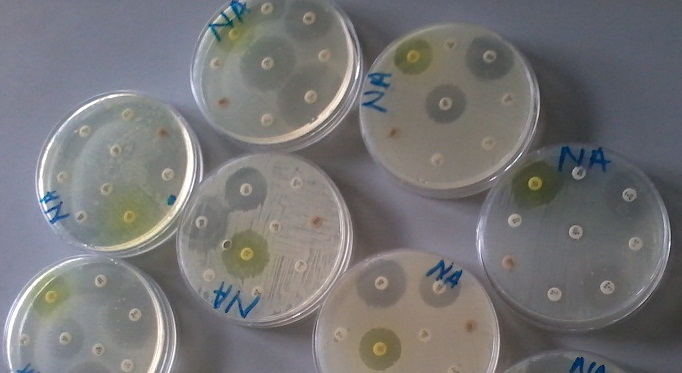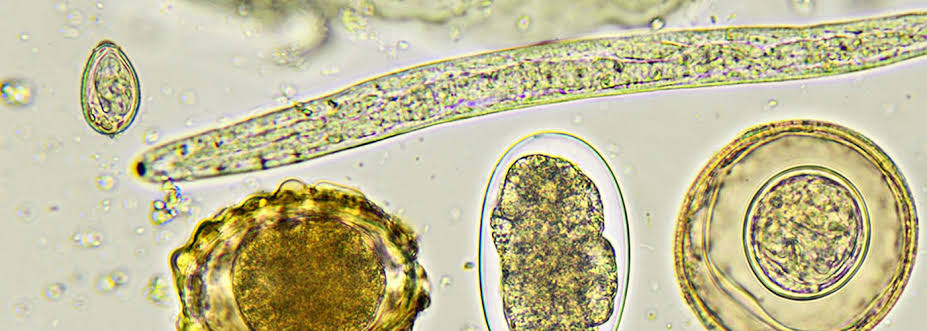SOURCES OF ANTIBIOTICS
Before the advent of conventional medicine used in clinical medicine today for the treatment of infectious diseases, people in ancient times and even now have been using some herbal plants traditionally for centuries to combat microbes that cause diseases in man. Recently, scientists have studied and reported results that support the use of these herbal […]
SOURCES OF ANTIBIOTICS Read More »
Antibiotic Resistance / Antimicrobial Resistance (AMR), Antimicrobial Agents & Antibiotics, Antimicrobial Susceptibility Testing (AST) & Antibiogram, Pharmaceutical Microbiology









